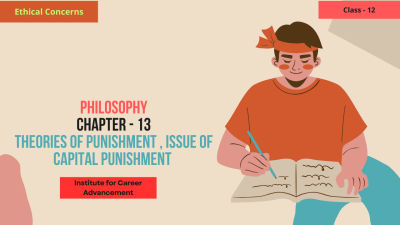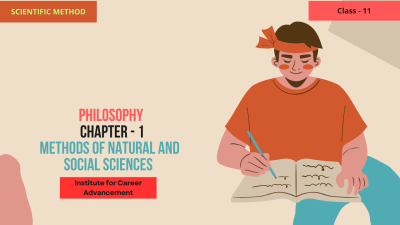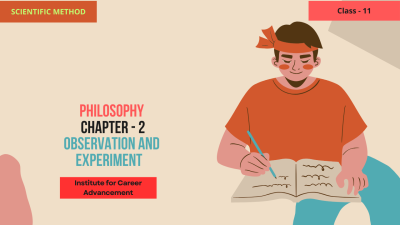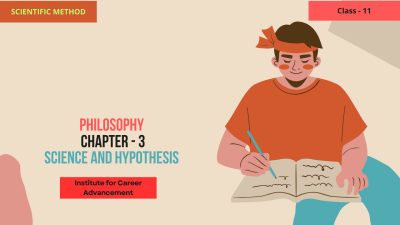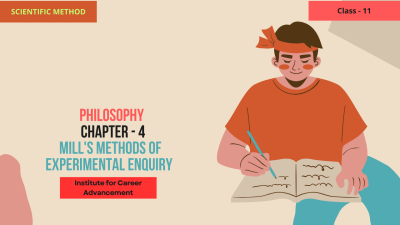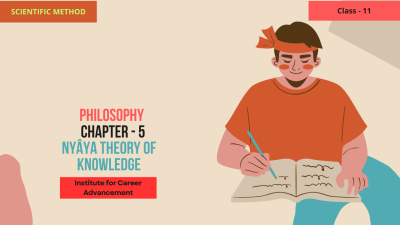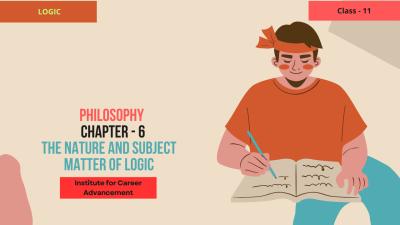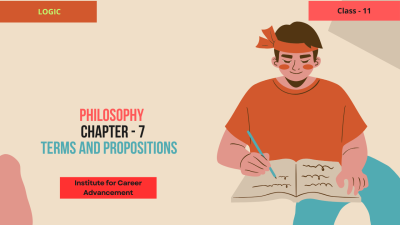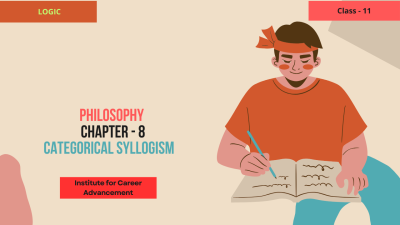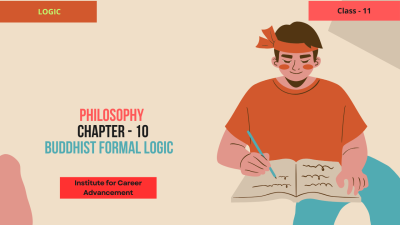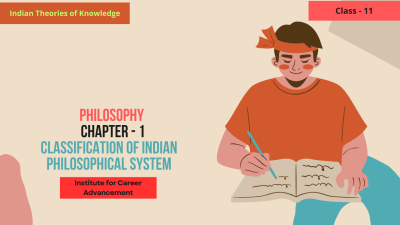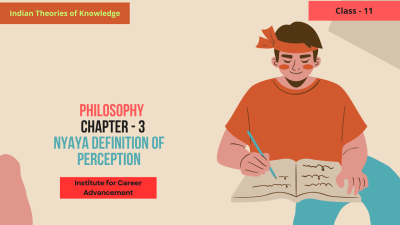Theories of Punishment , Issue of Capital Punishment - Class 12
Theories of Punishment are the philosophical foundations behind why and how punishment is administered in society. There are several key theories: Retributive Theory: This theory focuses on the idea of "just deserts," where punishment is seen as a deserved response to the crime committed. It seeks to ensure that the offender faces consequences proportionate to their crime. Deterrent Theory: The goal here is to prevent future crimes by making an example of the offender. The punishment is intended to discourage both the individual and others from committing similar offenses. Rehabilitative Theory: This approach emphasizes reforming the offender, helping them understand the wrongness of their actions, and reintegrating them into society as law-abiding citizens. Preventive Theory: The focus is on preventing future crimes by incapacitating the offender, such as through imprisonment, to ensure they cannot commit further offenses. Restorative Theory: This theory centers on repairing the harm caused by the crime, involving the offender, victim, and community in a process of healing and reconciliation. Issue of Capital Punishment refers to the debate over the use of the death penalty as a form of punishment. Arguments in favor include deterrence, retribution, and the belief that certain crimes warrant the ultimate penalty. Critics argue that it violates human rights, risks executing innocent people, and does not effectively deter crime. The issue remains highly controversial and varies across different legal systems worldwide. শাস্তির তত্ত্বগুলি হল সমাজে কেন এবং কীভাবে শাস্তি দেওয়া হয় তার পিছনে দার্শনিক ভিত্তি। বেশ কয়েকটি মূল তত্ত্ব রয়েছেঃ প্রতিশোধমূলক তত্ত্বঃ এই তত্ত্বটি "ন্যায়সঙ্গত মরুভূমি" ধারণার উপর দৃষ্টি নিবদ্ধ করে, যেখানে শাস্তি সংঘটিত অপরাধের যোগ্য প্রতিক্রিয়া হিসাবে দেখা হয়। এটি নিশ্চিত করতে চায় যে অপরাধীরা যেন তাদের অপরাধের অনুপাতে পরিণতির সম্মুখীন হয়। প্রতিরোধ তত্ত্বঃ এখানে লক্ষ্য হল অপরাধীর উদাহরণ তৈরি করে ভবিষ্যতের অপরাধ প্রতিরোধ করা। এই শাস্তির উদ্দেশ্য হল ব্যক্তি এবং অন্যদের একই ধরনের অপরাধ করা থেকে নিরুৎসাহিত করা। পুনর্বাসন তত্ত্বঃ এই দৃষ্টিভঙ্গি অপরাধীদের সংস্কারের উপর জোর দেয়, তাদের কর্মের ভুল বুঝতে সাহায্য করে এবং আইন-মান্যকারী নাগরিক হিসাবে তাদের সমাজে পুনরায় সংহত করে। প্রতিরোধমূলক তত্ত্বঃ অপরাধীকে অক্ষম করে ভবিষ্যতের অপরাধ প্রতিরোধের দিকে মনোনিবেশ করা হয়, যেমন কারাবাসের মাধ্যমে, যাতে তারা আরও অপরাধ করতে না পারে তা নিশ্চিত করার জন্য। পুনরুদ্ধারমূলক তত্ত্বঃ এই তত্ত্বটি অপরাধী, ভুক্তভোগী এবং সম্প্রদায়কে নিরাময় ও পুনর্মিলনের প্রক্রিয়ায় জড়িত করে অপরাধ দ্বারা সৃষ্ট ক্ষতি মেরামতের উপর কেন্দ্রীভূত। মৃত্যুদণ্ডের বিষয়টি মৃত্যুদণ্ডকে শাস্তির একটি রূপ হিসাবে ব্যবহার নিয়ে বিতর্ককে বোঝায়। পক্ষে যুক্তিগুলির মধ্যে রয়েছে প্রতিরোধ, প্রতিশোধ এবং এই বিশ্বাস যে নির্দিষ্ট কিছু অপরাধের জন্য চূড়ান্ত শাস্তি প্রয়োজন। সমালোচকরা যুক্তি দেন যে এটি মানবাধিকার লঙ্ঘন করে, নির্দোষ মানুষের মৃত্যুদণ্ড কার্যকর করার ঝুঁকি নেয় এবং কার্যকরভাবে অপরাধ দমন করে না। বিষয়টি অত্যন্ত বিতর্কিত রয়ে গেছে এবং বিশ্বব্যাপী বিভিন্ন আইনি ব্যবস্থায় পরিবর্তিত হয়।
English
Last updated
Fri, 10-Jan-2025

